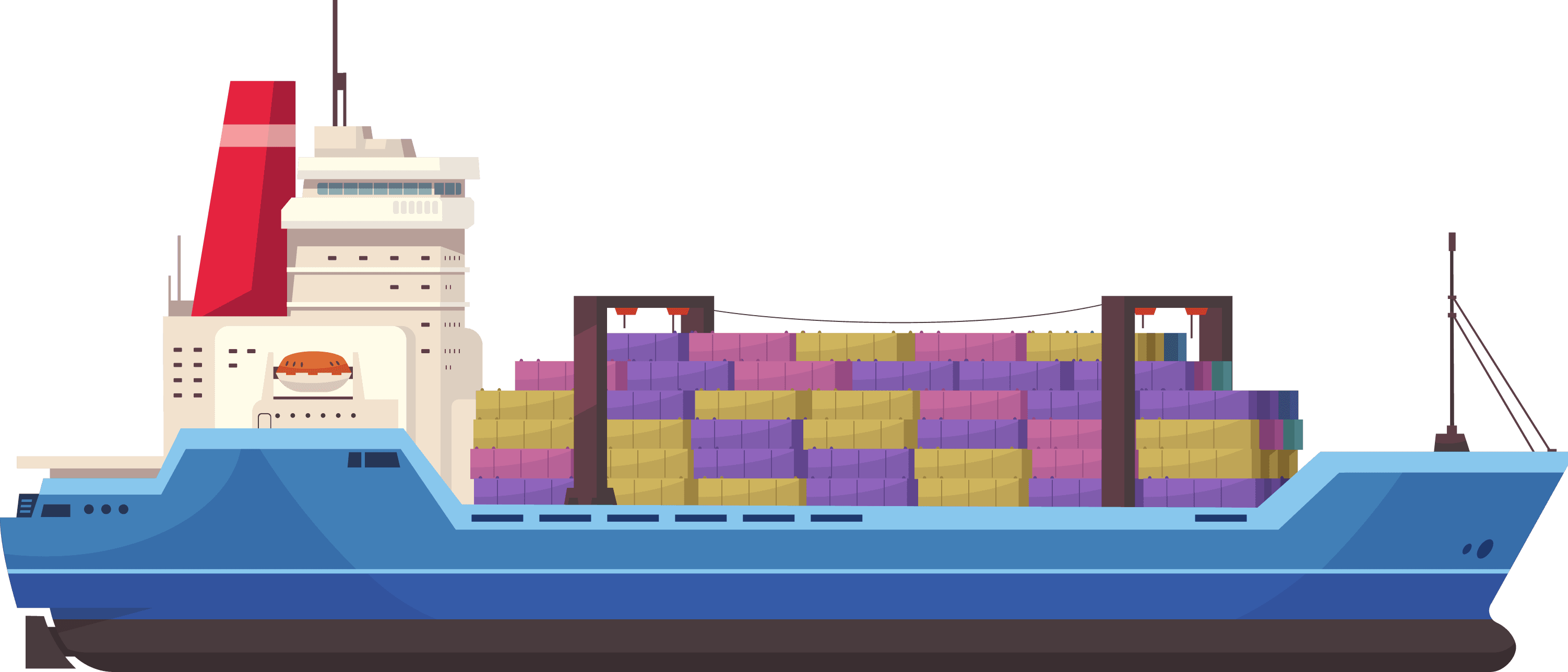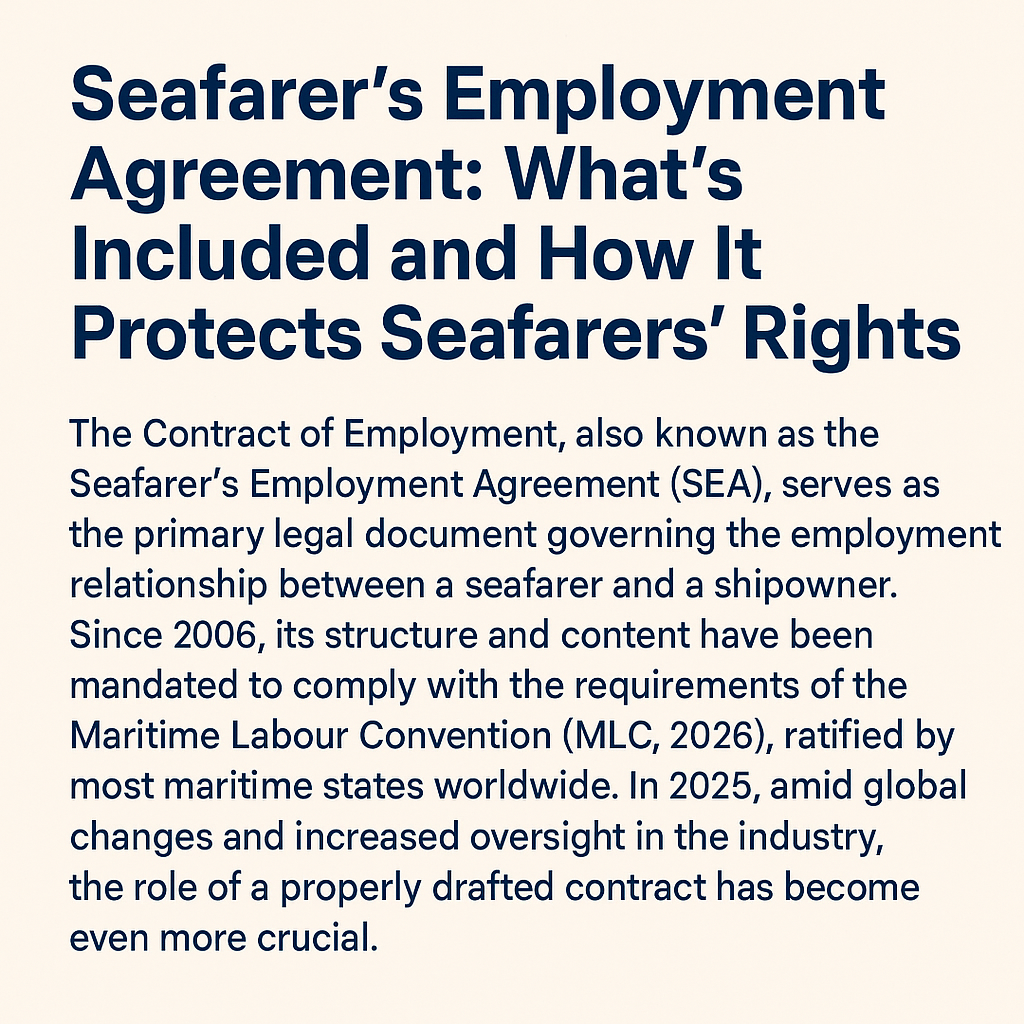Tugs provide passage for large, slow ships in ports for unloading and loading, or through canals for safety. This is considered an auxiliary technical fleet, without which normal work in the ports is impossible. In addition, they help deliver damaged ships to the port.
Thanks to the advent of azimuth rudder devices, the maneuverability of such small ships has become even better. Thanks to this, tugboats began to develop. Now they can be divided into sea and river. And depending on the type of operation used, pusher tugs and pulling tugs.
While towing, various forces are applied to it, which increase the risk of capsizing or even capsizing the vessel. In this regard, one of the most important characteristics of a tug is its traction force on the hook, which can be developed while performing the tasks assigned to it.
Tugs equipped with azipods
This is the first type of tug, also called rotary. Its main feature is the ability to make a turn almost on the spot. However, this type of tug is also divided into separate classes. A special place is occupied by tugboats, in which the azipod is located on the stern. Externally, it is very similar to conventional twin-screw tugs. But such devices do not have a conventional propeller and propeller shaft. Instead, it is equipped with an azimuth rudder device. These devices consist of several ordinary screws with rotating attachments that can rotate and rotate 360 degrees.
Carousel tug
Typically, the designs of modern tugs provide for fastening the towing rope at the stern. In this case, the direction of the direction is set by the line that this cable sets. However, the carousel design of the tug retains the possibility of changing course regardless of this line.
The carousel design consists of a large horizontal ring that can rotate around the superstructure. A tow rope is attached to it. Thanks to this fastening, it is possible to reduce the heeling moment, which increases its stability and maneuverability.
Remote control tug
This is one of the most innovative types of tugs. However, today this type is only developing due to many initiatives and sponsorships. They are designed to retain all the capabilities of a traditional tugboat design. In this case, the remote-controlled device can perform work together with a conventional tug. This will help carry out work even better and more productively.
Today there are several projects. You can read about them in more detail on resources that offer the latest maritime news, such as Seafarers Journal, Crewing Newsletter and many others.
So, thanks to new developments and their implementation, we see new tug designs. At the same time, the search for innovative designs is still ongoing, thanks to which we will soon be able to see even newer types and classes of this category of ships. They may be without crews. And the entire structure will be aimed at ensuring safety during work.




